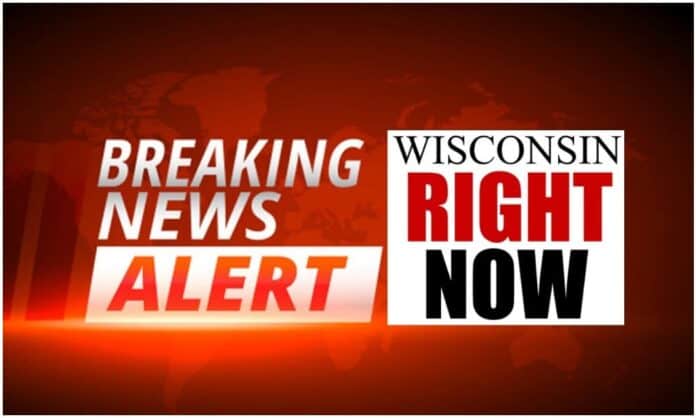The Employment Policies Institute, a non-profit based in Washington, D.C., that studies how public policy impacts employment growth, released a comprehensive list of the minimum wage increases that will go into effect next year and in subsequent years.
(The Center Square) – More than 80 states and local municipalities are slated to see minimum wage hikes in 2021, even as business owners continue to struggle during the coronavirus pandemic.
Starting Jan. 1, 2021, eight states will have a minimum wage of $12 an hour or higher, topped by California at $14. The others include Washington, Massachusetts, Colorado, Arizona, Maine, New Jersey and Oregon.
“Minimum wage increases are demonstrated to cause job losses even in times of economic health,” said Michael Saltsman, EPI’s managing director. “These states and local areas are increasing the cost of labor as businesses are dealing with forced closures or a drastic drop in revenue. Employers and employees will pay the price for these misguided good intentions.”
In addition, seven states (Alaska, California, Minnesota, Montana, Nevada, Oregon and Washington) and 43 cities and counties will no longer allow employers to factor in a credit for tips when paying employees. Several states have also passed laws to gradually increase the minimum wage over a number of years to eventually reach $15 an hour.
The five cities with the highest hourly minimum wages next year will be Emeryville, Calif., ($17); Seattle, Wash., ($16.69); SeaTac, Wash., ($16.57); Sunnyvale, Calif., ($16.30) and San Francisco ($16.22).
Economists at the University of Miami did an updated analysis in October that found a $15 minimum wage would mean a loss of 2 million jobs, with more than half coming from bars and restaurants.
In 2019, the Congressional Budget Office predicted that a national $15 minimum wage, something that unions have been demanding for years, would result in a loss of 1.3 million to 3.7 million jobs.
“Even before the pandemic, some of these markets that were experimenting with higher minimum wages were seeing a decrease in restaurant jobs,” Saltsman said. “With all of the shutdowns, a lot of places that were on the brink have been pushed over the edge.”
Such job losses would be due to a number of factors, including employers reducing staff sizes and moving toward more automation, and fewer people eating out as menu prices rise to pay for the increased wages.
EPI notes that grocery store prices have remained relatively stable over the last five years, growing 3.8 percent. The cost of eating out during the same period grew 14.2 percent. Increasing menu prices to meet the $15 minimum wage mandate could then incentivize people to eat at home more often, thereby decreasing the ability of bars and restaurants to make up for rising labor costs.
By Ted O’Neil | The Center Square
Go to Source
Reposted with permission













![WATCH: Elon Musk Town Hall Rally in Green Bay [FULL Video]](https://www.wisconsinrightnow.com/wp-content/uploads/2022/04/Elon_Musk_3018710552-356x220.jpg)



![The Wisconsin DOJ’s ‘Unlawful’ Lawman [WRN Voices] josh kaul](https://www.wisconsinrightnow.com/wp-content/uploads/2025/03/MixCollage-29-Mar-2025-08-48-PM-2468-356x220.jpg)
















